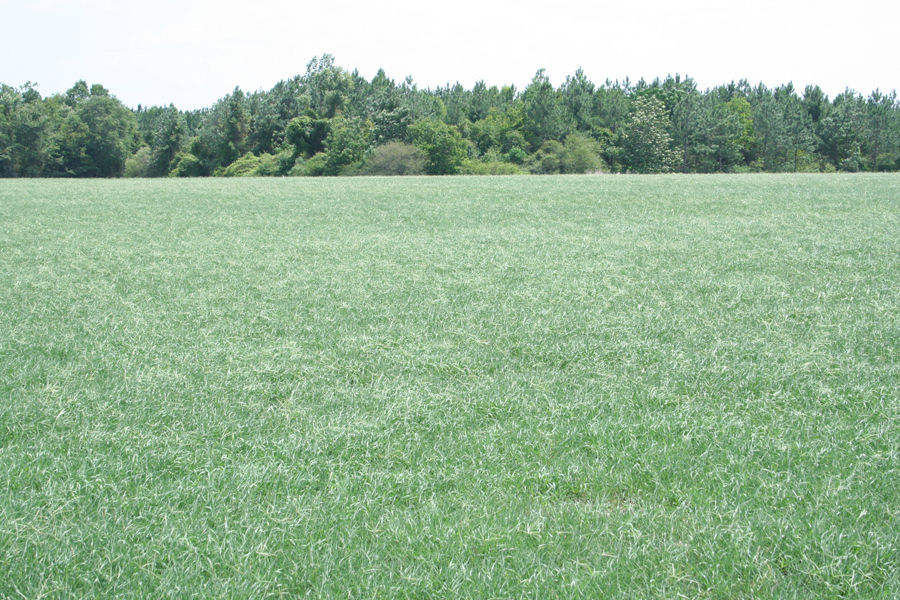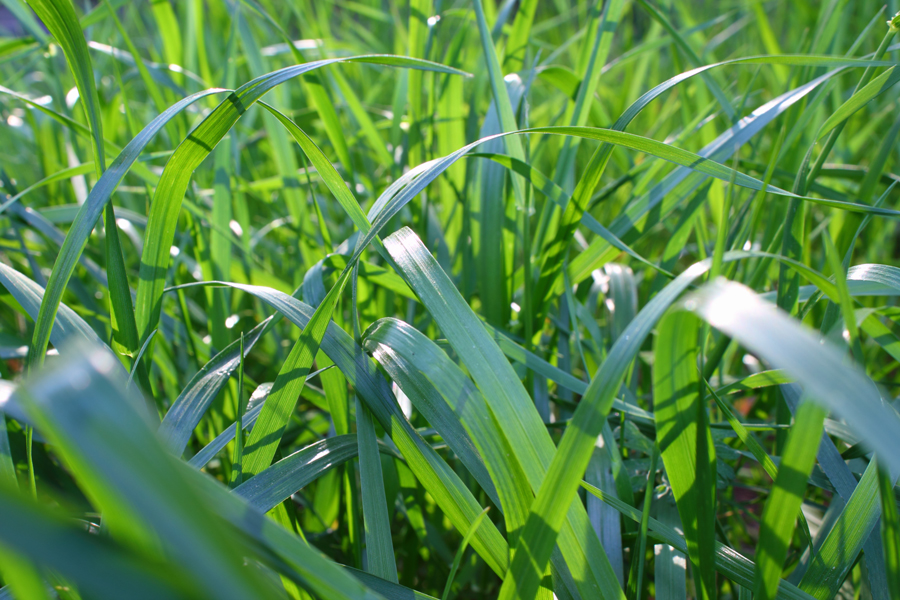Field Crops, Forage and Turfgrass Production
-

AP 130-1-06
2023 Corn, Soybean, and Wheat Outlook
1. The Russia-Ukraine war and Mexico’s plan to ban genetically modified corn from the United States will increase uncertainty regarding corn prices. 2. The United States and the world will continue to have a tight wheat supply in 2023, supporting higher than average wheat prices. 3. The low ending stocks of U.S. soybeans indicate the need for more soybeans. Ending stocks might improve in 2023, leading to softer soybean prices.
Amanda R Smith and Yangxuan Liu
|
-

With the passage of the 2018 Agriculture Improvement Act (U.S. farm bill), the federal government removed industrial hemp (Cannabis sativa L.) from the list of Schedule I drugs and opened up opportunities for farmers to produce this once widely grown crop. At the time of publication, states are currently operating under the 2014 U.S. Farm Bill that allowed pilot programs for hemp production focusing on research. Georgia did not participate in the pilot program under the 2014 farm bill. Therefore, growers in Georgia must wait until the U.S. Department of Agriculture approves the Georgia state plan for outlining rules and regulations for hemp growers and processors. More information on the hemp rules and regulations can be found at agr. georgia.gov. It is anticipated that hemp growers and processors may grow for the 2020 production season. Although the brief guide that follows is not exhaustive, it is meant to provide basic information for growers who are considering hemp production of floral materials meant for the cannabinoid market. Cannabinoids may include CBD, CBG, etc. Although there has been some interest in hemp production for fiber and seed, the majority of growers have expressed an intent to grow for the CBD market. The production of hemp for fiber and seed differs greatly from that of floral material and subsequent publications will focus on these end uses. Due to the changes in rules and regulations that are likely to occur, we recommend readers look to the Georgia Department of Agriculture and the USDA for any clarification or questions they may have regarding the regulation of hemp production in Georgia.
Timothy Coolong
|
-

This publication highlights the role of selenium in animal nutrition; selenium concentration and distribution in soils and feedstuffs (grains and forages) produced in various parts of the United States and in Georgia; disorders resulting from Selenium deficiency or toxicity; various methods of selenium supplementation; and recommendations for selenium management in Georgia. This publication is intended to serve as an educational resource for university researchers and Extension specialists, county Extension agents and livestock, forage and feed producers, among others.
Lawton Stewart and Uttam K. Saha
|
-

This publication contains information on the most important and common diseases of sorghum, the biology of the causal agents, as well as a detailed description of the disease symptoms (aided by high-quality detailed pictures), relevant up-to-date information on conditions favoring the diseases, as well as cultural, genetic and chemical methods of control. The publication is aimed for producers, crop consultants, county faculty, students, and general public.
Alfredo Martinez
|
-

Bahiagrass (Paspalum notatum Flugge) is a long-lived, perennial warm season grass that is grown extensively in the southeastern United States. It is most commonly used as a pasture species, but can be used for hay production, erosion control, and wildlife habitat. Bahiagrass can also be used in “sod-based rotation” sequences that have been found to suppress pest problems (nematode and disease issues) in crops such as peanuts.
Jeremy Kichler, Ronald Scott Tubbs, Lawton Stewart, Lisa Baxter, and William Secor
|
-

C 1180
Fescue Toxicosis in Horses
Tall fescue is the primary cool season perennial forage grown in the state of Georgia, and toxicity issues related to the grass can have significant impacts on equine reproduction. Tall fescue is the most heat tolerant of the cool season grasses due to a fungus that grows within the plant called an endophyte. This endophyte produces ergot alkaloids that can have negative effects on animals that eat the infected forage. The toxic effects of the endophyte can be successfully managed by eliminating the grazing or feeding of toxic tall fescue, as described in this publication.
Brenda Jackson, Dennis Hancock, and Lisa Baxter
|
-

This publication summarizes the latest and most relevant information regarding the management of the bermudagrass stem maggot (BSM), including biological, cultural, physical and chemical mitigation strategies. In addition to information about how to control the pest, this bulletin provides detailed information about the history, identification, and biology of the bermudagrass stem maggot.
William G. Hudson, Jennifer J. Tucker, and Lisa Baxter
|
-

Measuring, monitoring, and managing forage requires producers to regularly measure how much forage mass is present and how quickly that forage is growing. By using a rising plate meter, producers can assess the forage mass across several pastures quickly and with reasonable accuracy. Then, by comparing available forage in individual paddocks from one week to another, producers can determine the growth rate of the forage. In periods of poor growing conditions, management can be deployed to increase growth rates. In periods of rapid growth rate, decisions can be made to alter grazing sequences or plans can be made to harvest excess forage for hay or baleage. In short, the rising plate meter helps producers to assess the current status of each pasture and then make better decisions to increase the efficient use of that forage.
Lawton Stewart, Jennifer J. Tucker, and Lisa Baxter
|
-

With the passage of the 2018 U.S. Farm Bill, industrial hemp (Cannabis sativa L.) was declassified as a Schedule I drug and is now legal (with restrictions) for production in the United States. Hemp and marijuana are both Cannabis sativa but are distinguished from each other based on the concentration of the psychoactive compound, tetrahydrocannabinol (THC). Industrial hemp is defined by law as a cannabis plant with total THC concentrations on a dry weight basis of less than 0.3% (+/- a measurement of uncertainty). This publication provides a basic overview of hemp testing for THC to stay in compliance with U.S. Department of Agriculture rules for hemp growers.
Timothy Coolong, Daniel L. Jackson, Jason Lessl, and Noelle Joy
|